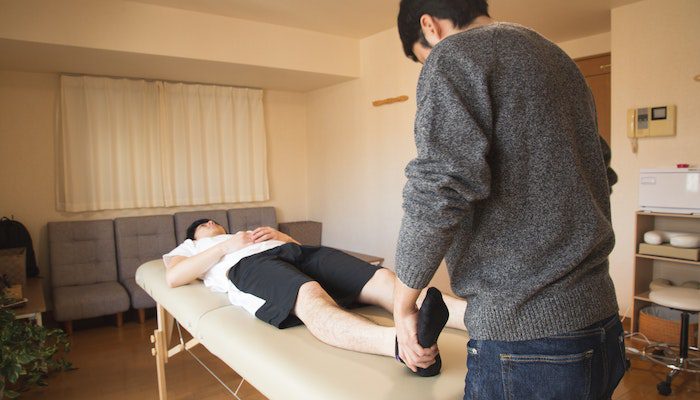When people have frozen shoulders, they often do not know if they should visit a physiotherapist. They also hover around thoughts and decision like natural improvement and opting in for an injection. Also, there are times when patients are told by their doctors and physiotherapist that they do not have any fractures and hence don’t need any imaging. But even then, these people sometimes feel their ankle pain emerging and causing minor disruptions in their life.
Sometimes, doctors suggest patients to opt in for imaging. And it is here patients find out why their physiotherapists give specific suggestions. It highlights the fact that, at times, when it comes to treatment, the patients and physiotherapists need to arrive at a joint decision. Generally, patients and physiotherapists need to make a mutual decision if they opt for patient-centered care. To know more about this, you can check out physiotherapist in Woodbridge
In this article, we will discuss some salient points.
What?
The shared decision-making happens to be a process where the patient and their relative gets engaged in making decisions concerning the available treatments. It also includes the risks and the allied advantages. When you wish to get involved in this decision, you need to discuss the pros and cons. It will help to arrive at an informed decision making.
Why?
To start with the last query, all decisions need to get made together for enhancing patient satisfaction, as it happens to be a central aspect of the patient-centered care. All the preferences pertaining to the patient should get discussed. The concerns should also get addressed. It will ensure that the communication between the physiotherapist and the patient will enhance. And there will be more satisfaction during the course of treatment. Other than this, it becomes essential to communicate with the patient to have an in-depth idea of all that is happening in their mind. It will throw light on their expectations and beliefs and a few misconceptions about the treatment being provided. Once the patients can do away with their misbeliefs and wrong notions, they can trust their physiotherapist better. ‘
When is it apt to come up with a shared decision?
At a point when there are several treatment choices, it can get challenging to select the way you wish to go. If an option happens to be better than another one, there will be a few doubts surrounding it. People are often aware of how bed rest can be dangerous in case of non-particular low back pain.
That aside, one can also say that imaging a person’s ankle post an extreme sprain is not always required. But in the case of physiotherapy, you need to think as to why you are claiming specific solutions better than the other. Here it becomes essential to weigh and assess an individual patient’s benefits as there is no one size those fits all. And this begs for a shared decision-making in physiotherapy.



































